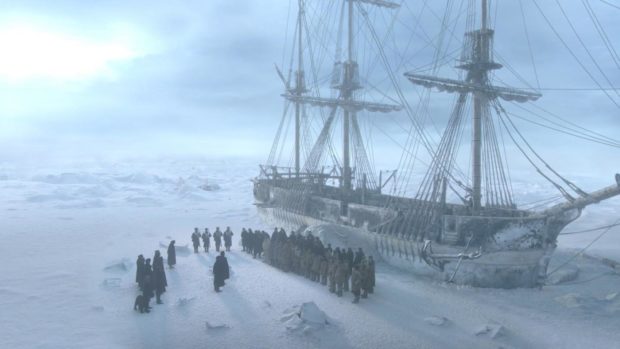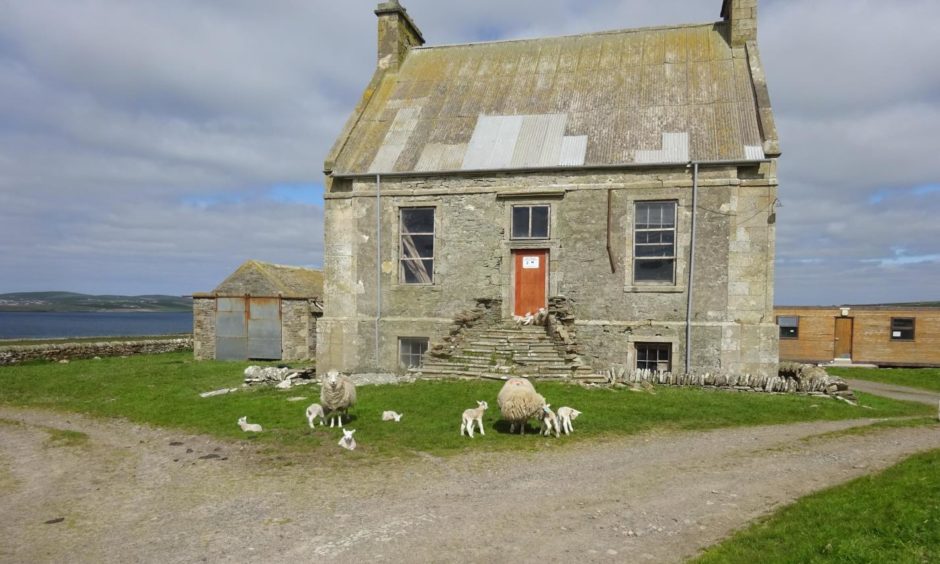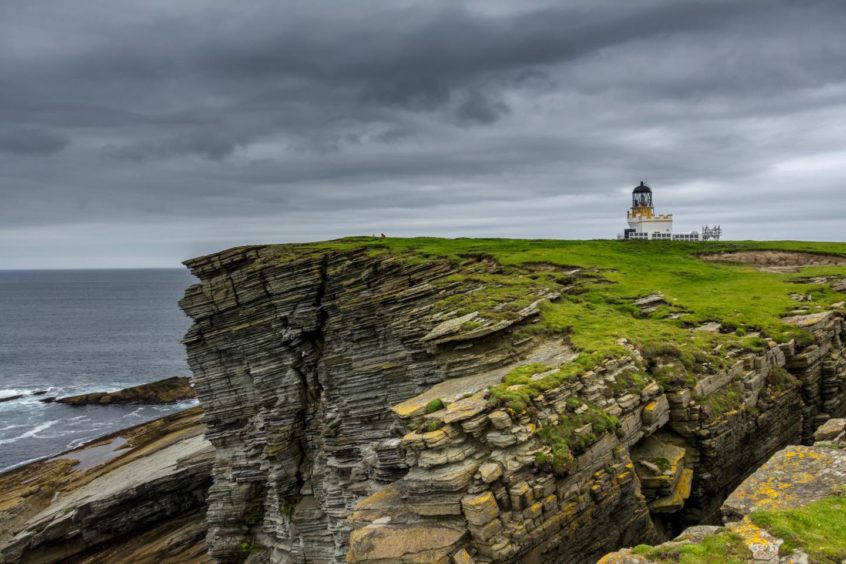He was the redoubtable character who trekked into uncharted territory and discovered the final portion of the Northwest Passage in Canada in 1854.
And Orkney-born Dr John Rae also unearthed the gruesome fate of Sir John Franklin’s ill-fated polar expedition in 1845, which led to the death of 129 men, including Franklin himself, and was the focus of Ridley Scott’s acclaimed TV drama The Terror.
Sadly, at least during his lifetime, the Scot’s controversial conclusion – which has since been validated – that several crew members had resorted to cannibalism shocked Victorian sensibilities and was the catalyst for a furious rebuttal from Charles Dickens.
The scale of the backlash led to Rae being almost airbrushed out of the history of the age in which he excelled and he remained a shadowy figure for decades.
However, many Orcadians have recognised the magnitude of his achievements and exploits and will gather at St Magnus Cathedral, not far from where he grew up 200 years ago, to commemorate the good doctor’s birthday on September 30.
It’s just part of the ongoing efforts to rehabilitate Rae’s reputation and create a lasting memorial to his exploits in the island setting where he first nurtured his interest in science, exploration and boldly going where no Briton had ever gone before.
Palin has expressed admiration for Rae
Andrew Appleby, the president of the John Rae Society, is among those who have devoted decades to raising funds to refurbish and renovate the trailblazer’s original home at the Hall of Clestrain, which was in danger of crumbling into the earth.
And he has been helped in his endeavours by Monty Python star Sir Michael Palin, whose book, Erebus, celebrated the legacy left by the resilient Rae, who was far ahead of his time in actively working with indigenous people throughout North America.
Mr Appleby said: “As we mark the 208th anniversary of the birth of one of Orkney’s true-life heroes, who displayed remarkable courage and resilience in the face of Arctic adversity on his explorations, we extend a warm welcome to his fellow Orcadians and everyone else who is moved by his feats to join us.
“Sir Michael became a patron of the society a few years ago, after a research visit to Orkney and the Hall of Clestrain, while he was writing his wonderful book, Erebus.
“Rae came into his story at a critical stage, because of his discovery from the Inuit peoples of the tragic demise of Sir John Franklin’s expedition.
“Franklin was searching for the North West Passage from 1845 to 1847, but his ships, Terror and Erebus, became locked in the ice and, finally, his whole force of men were lost to exposure, starvation and cannibalism.”
Rae was very proud of his Orkney roots
Rae was presented with many challenges in searching for clues to trace the lost vessels, but he deployed the lessons learned during four expeditions in the Canadian Arctic between 1846 and 1854, which included a little matter of more than 13,000 miles of travel and the mapping of approximately 1,800 miles of coast.
An intrepid spirit, he documented everything he encountered and his chronicles reveal that he and his men built a stone house in Orkney fashion and called it Fort Hope.
Unfortunately for him, his revelations about the use of cannibalism were traduced by Franklin’s widow, Lady Jane, and the great author Dickens, who wrote several pamphlets condemning the “wretched” Scot for daring to suggest that Royal Navy sailors would have resorted to cannibalism.
But although he was consigned to a footnote of history, matters have changed dramatically in the last 20 years and Rae, who was born on September 30 1813, as one of nine children in his family, is now widely revered as a towering figure.
On Thursday a piper will lead celebrants from the graveyard gates at noon up to his burial place in the picturesque cathedral where Elaine Grieve, Orkney’s Lord Lieutenant and patron of the John Rae Society, will give an address as the prelude to a small libation of Highland Park whisky being poured on his grave to honour his memory.
Rae studied to become a doctor and signed on as ship’s surgeon on the Prince of Wales bound for Canada as part of the Hudson’s Bay company operations.
He was forced to winter in Canada when the ship’s return route was blocked by ice, but accepted the post of surgeon and clerk at Moose Factory and served there for 10 years.
He spent any free time hunting and learning travel and survival skills from the Inuit, Cree, Dogrib and Metis peoples, including how to use sleds and snow-shoes and build igloos by using the right kind of snow.
His skills, allied to his endurance and hardiness, and willingness to learn from the different tribespeople in the region, made him the perfect choice to undertake the gruelling expeditions required to finish the mapping of the Arctic coast.
This led to the discovery of the last navigable link of the North-West passage between the Arctic and Pacific Oceans and subsequent search for the Franklin expedition.
The society is currently working to restore his derelict family home and create an international Arctic Centre in Orphir.
Mr Appleby added: “Our vision is to welcome the world to Orkney to celebrate John Rae’s pioneering work in the Arctic by visiting his restored home and the Arctic Centre.
“We are also committed to continuing our learning and understanding of the continent and its people through research and ongoing education.”
It’s an ambitious venture but, then again, Rae was an ambitious man.


